Wizz Air is negotiating about 100 Airbus delivery deferrals
At the end of June 2025, Wizz Air had 243 A321neo and 46 A231XLRs in its backlog.

Wizz Air has been negotiating with Airbus to shift its delivery schedule of around 100 Airbus A320neo family aircraft to the next decade, with the airline looking to adjust its growth plans amid present-day struggles.
According to a report by Bloomberg, which cited people familiar with the matter, Wizz Air is looking to reschedule deliveries of around 100 Airbus A320neo family aircraft through 2030 to the next decade.
The airline, which is scheduled to release its H1 FY26 results on November 13, already signaled that its costs’ growth (up 15%) outpaced its revenue growth (up 13%) when it reported its previous quarterly results, with Wizz Air ending Q1 FY26 with a net profit of €38.4 million ($44.5 million).
Staffing, distribution and marketing, maintenance, airport and en-route, and depreciation and amortization expenses were all up double-digits, with its largest cost driver, fuel, being down 5% Year-on-Year (YoY).
In addition, Wizz Air’s management disclosed that it planned to right-size its A321XLR order, cutting its planned deliveries of the long-range narrowbody from 46 to between 10 and 15, and slow down new aircraft deliveries to match the growth forecasts of Central and Eastern Europe’s (CEE) general domestic product (GDP).
József Váradi, the Chief Executive Officer (CEO) of Wizz Air, said that the airline’s A321XLR order rationalization should ensure that it has “the right fleet for the network design that delivers the strategy.”
“We are simultaneously pursuing all avenues to lift the fleet that is grounded due to engine supply chain issues and retiring early as many A320 CEO family aircraft as is feasible. This will require further modification to our aircraft delivery schedules to reduce our growth rate to levels that support the demand this revised network will require.”
At the end of FY26 Q1, its backlog consisted of 243 A321neo and 46 A231XLR aircraft. Planespotters.net showed that since June 30, Wizz Air, including its subsidiaries in Malta and the United Kingdom, has taken delivery of 17 aircraft, including its latest delivery of an A321neo, which arrived at Budapest Ferenc Liszt International Airport (BUD) on October 21.
Airbus assembled the aircraft at its final assembly line (FAL) in Tianjin, China, according to the site.

While Wizz Air has undoubtedly been affected by the accelerated removals and inspections of Pratt & Whitney PW1100G engines, with up to 41 A320neo family aircraft being grounded at the end of Q1 FY26. Despite these issues, the low-cost carrier’s passenger numbers have consistently grown throughout 2025, and with the exception of January and April, its load factors averaged above 90%.
The airline said that it has continued to receive compensation from Pratt & Whitney for the groundings.
Váradi added that the airline’s management has had a clear vision for FY26: focusing its business on markets that are either so-called “environmentally benign operating environments” and where it already has or will have market share.
“We believe our core [CEE] markets satisfy both these criteria.”
It has been executing the shift toward flying more from/to CEE in the past months, announcing new or expanding bases across at least 11 airports, including its newest base at Podgorica Airport (TGD).
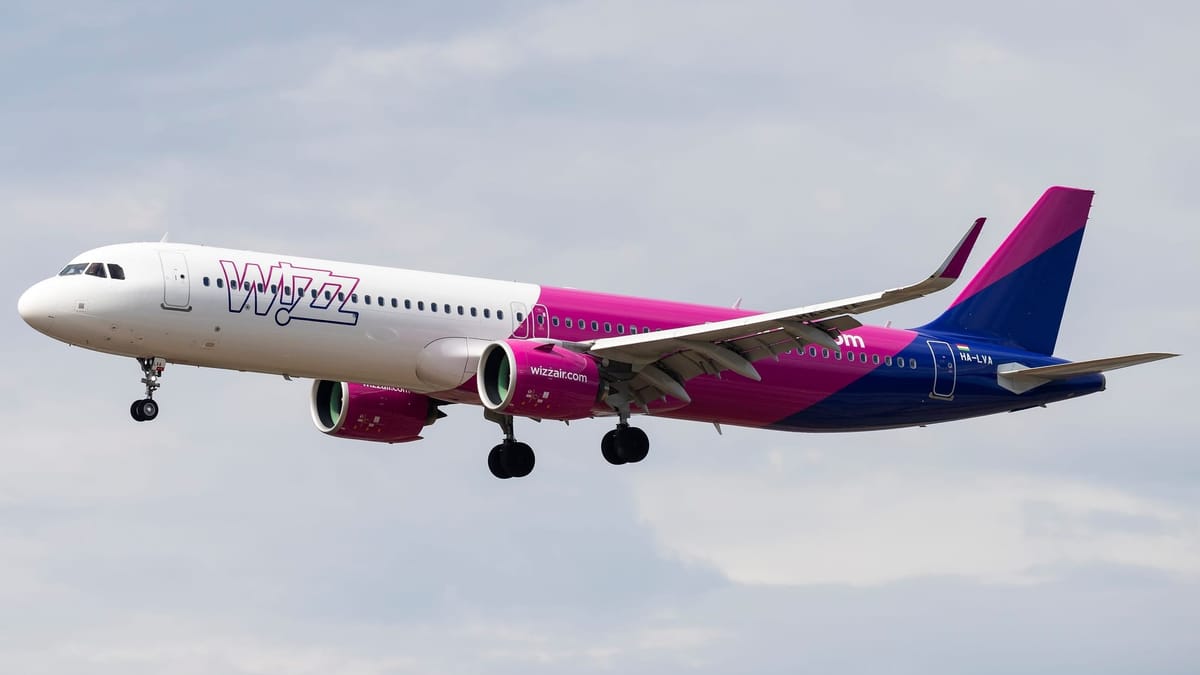
The low-cost carrier also ended its joint venture in Abu Dhabi, while still continuing service at Abu Dhabi Zayed International Airport (AUH), including from up to five airports in December, according to Cirium’s Diio Mi.
It has also been winding down its base at Vienna Airport (VIE), with a planned complete exit in March 2026.
During the same month, its weekly one-way departures from CEE airports, which are displayed below, should be up by 34.8%, while weekly departing seats should increase by 38.9% YoY, per Cirium's Diio Mi.
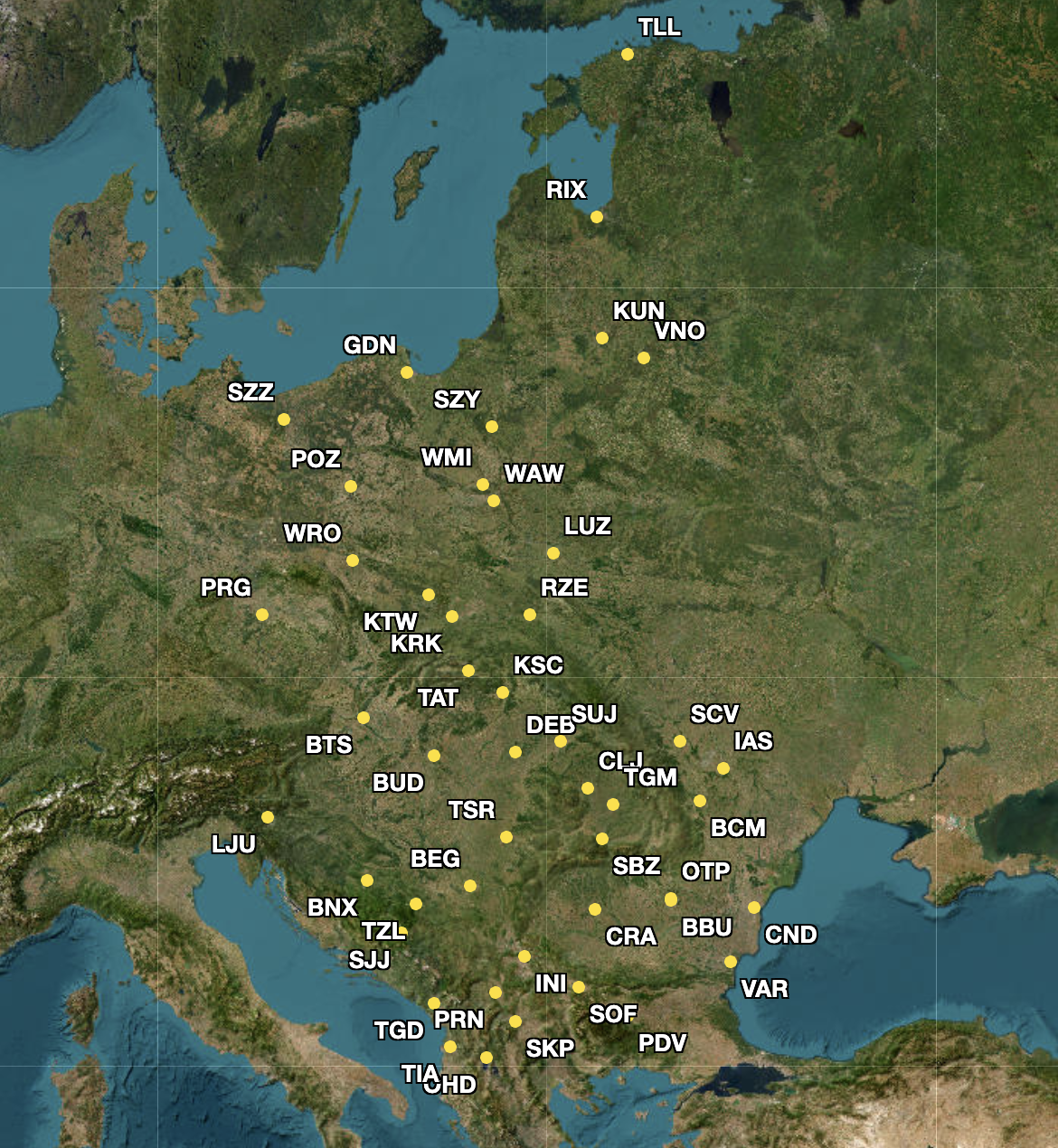
(Due to the tool’s limitations, the map above lacks three airports: Brașov-Ghimbav International Airport (GHV), Warsaw Radom Airport (RDO), and Chișinău International Airport (RMO).)
In comparison, weekly one-way departures from Western European airports should be up 20.8% YoY in March 2026, with one-way departing seats being scheduled to grow by 23.1% YoY. The airports are displayed below.
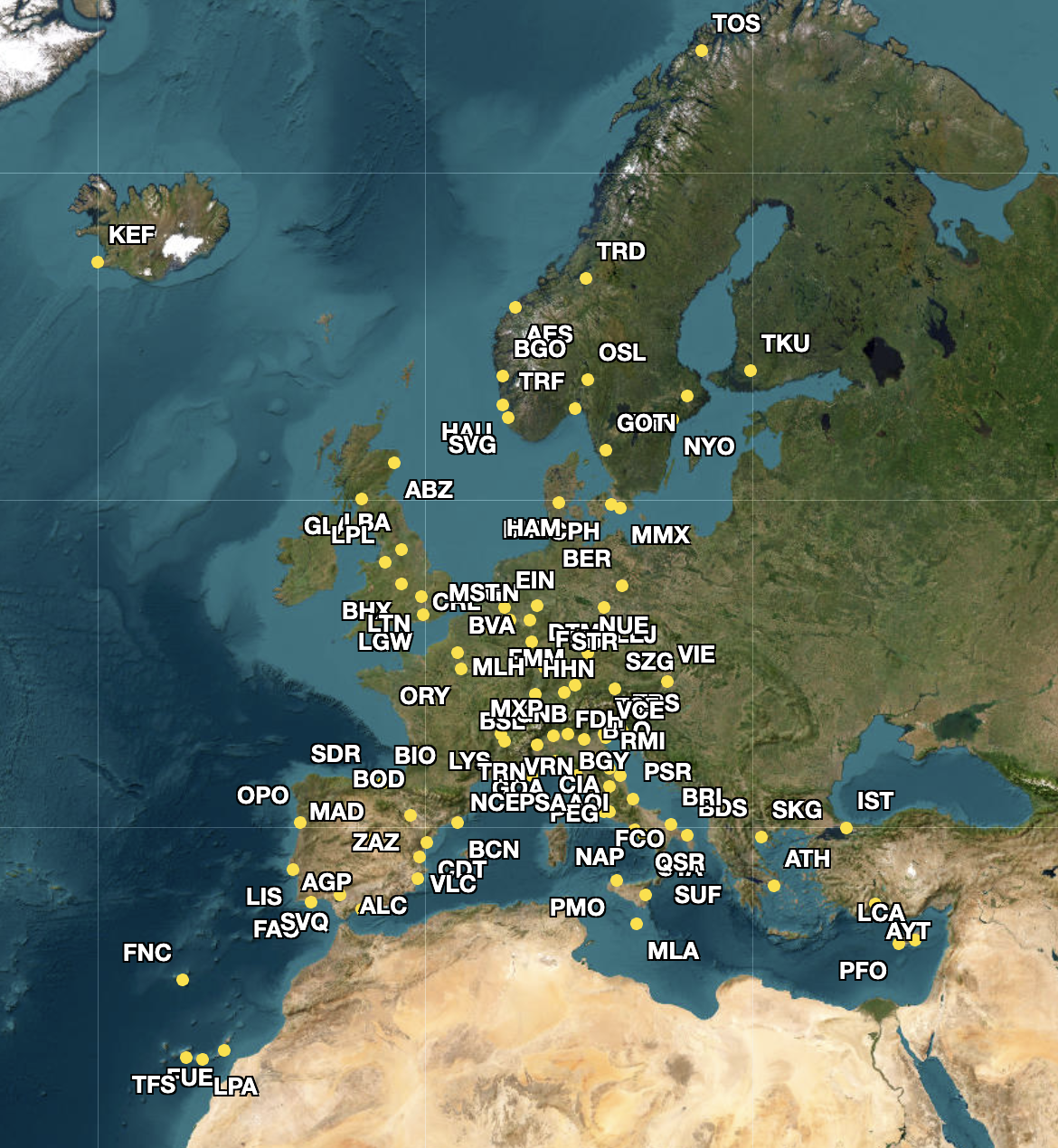
The March 2025 comparison baseline for both regions was 2,149 (CEE) and 2,806 (Western Europe) weekly departures. March 2026 weekly departures are split between 2,897 (CEE) and 3,390 (Western Europe), with the remaining 427 weekly departures originating in the Middle East, including the Levant region.
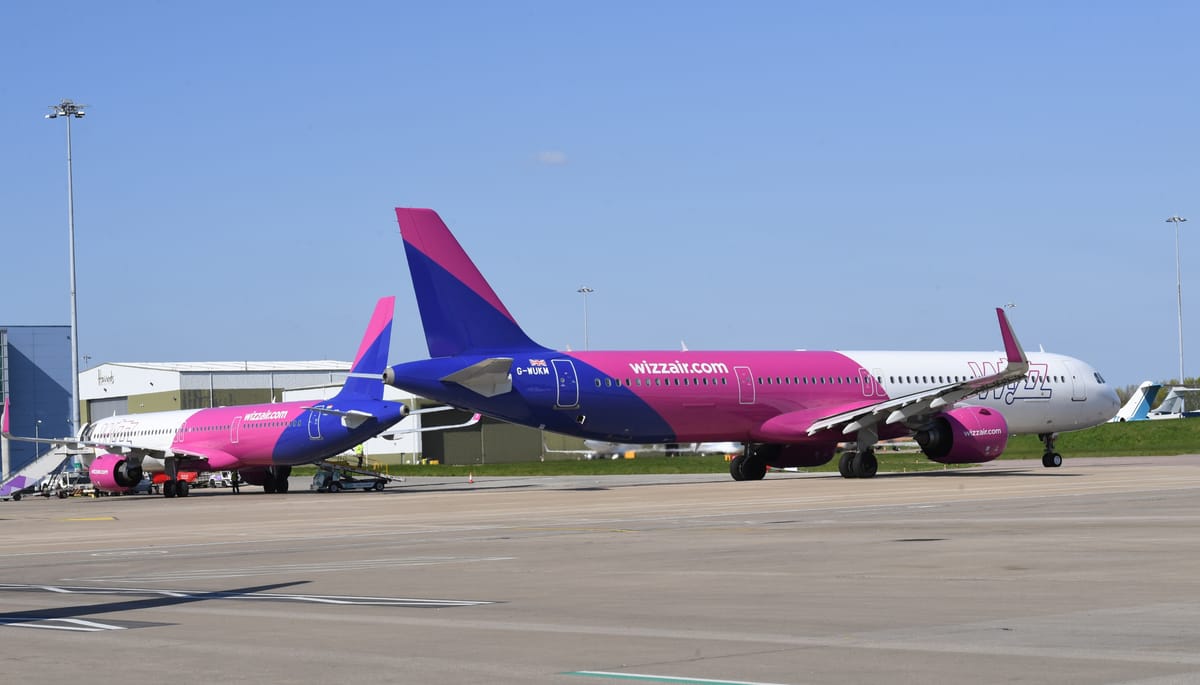




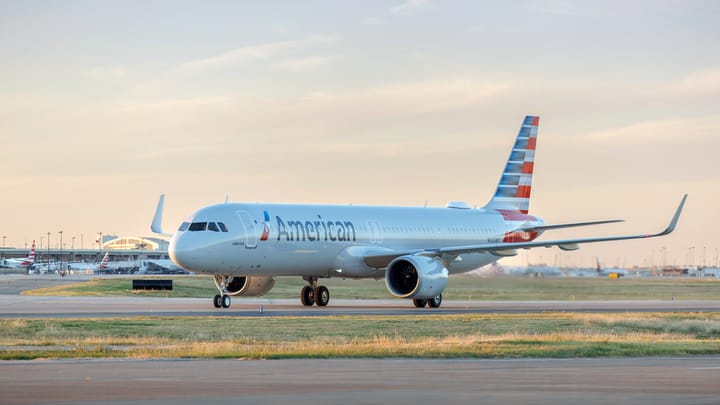
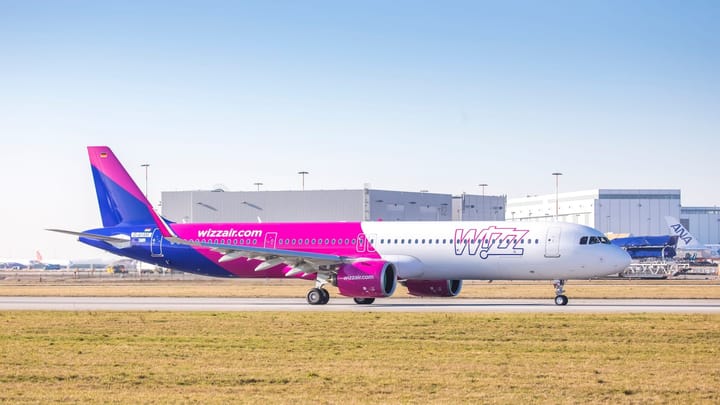

Comments ()